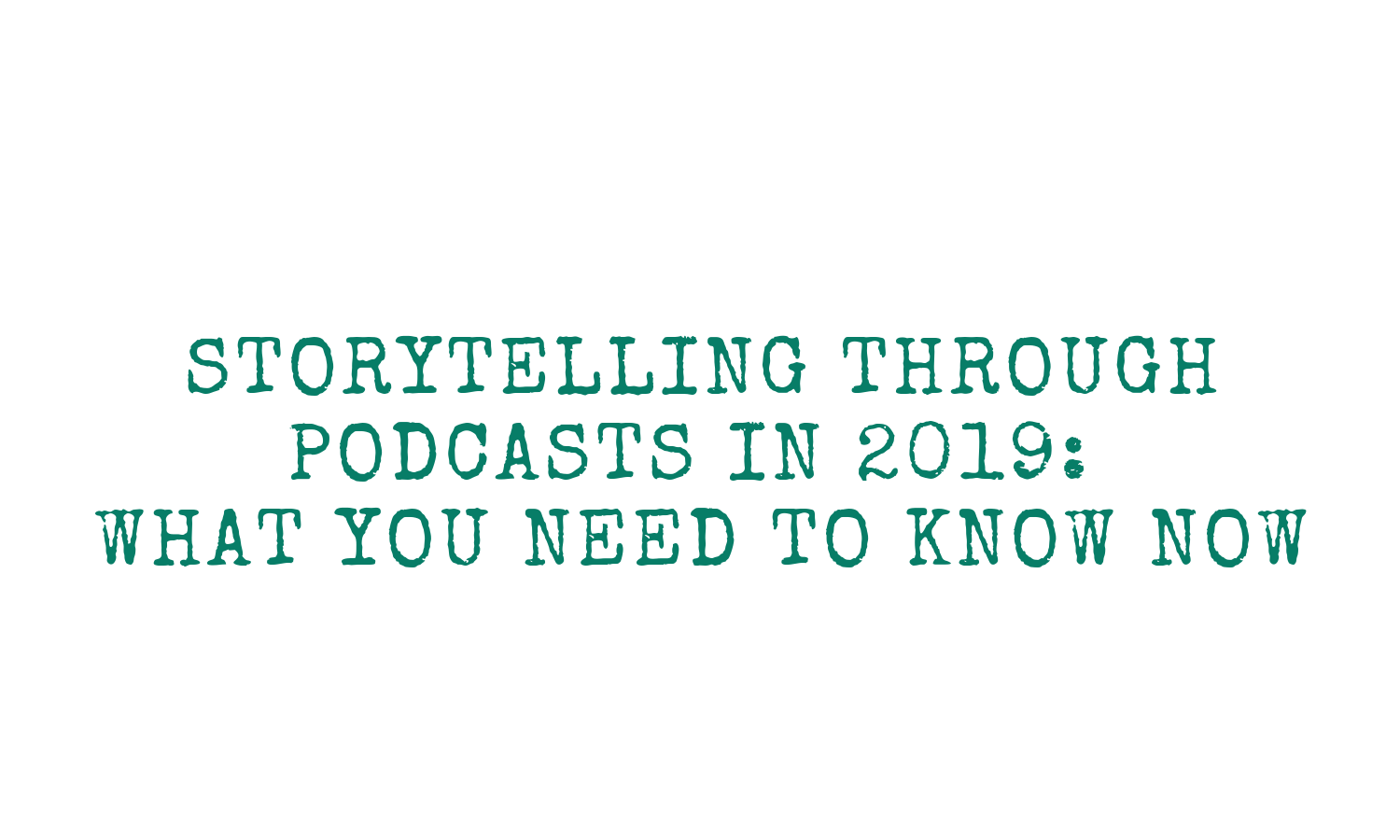Telling Your Story in Front of An Audience: Tips, Tricks and How-To’s for Telling Your Story Live
The thought of telling your story in front of an audience can be intimidating if you aren’t a fan of public speaking. And let’s be honest, most of us aren’t. The key to live storytelling is a well-crafted story and cultivating a connection with the audience. These tips and tricks for telling your story live will make you a pro teller in no time.
Stories Must Have a Beginning, Middle and End
Keep basic storytelling techniques in mind when crafting your story. It may seem obvious, but having a beginning, middle and end gives depth to your story. Start by introducing yourself and setting the scene with descriptive details. It’s important to frame your story in a captivating way from the very beginning. This is your first impression after all!
The middle is where you build excitement and suspense. All good stories have conflict and the most compelling part of that story is how the characters deal with it. You want to keep your audience on the edge of their seats and asking, “what will happen next?”
At the end, wrap things up and include a resolution. You should know exactly how your story ends before you step on stage. The ending should be strong and leave your audience feeling satisfied and inspired.
Talk to the Audience Like It’s Your Friend
Audience members don’t want to feel like they are at a book reading. Rather, they want to feel like the person on stage is their friend. Connect with your audience and make them feel like they’ve known you forever. A personal story and friendly, natural demeanor will help you accomplish this.
Make Your Story Relatable
The best stories are universal, so there needs to be something your audience identifies with whether that’s a character or scenario. Frame your story so that the audience feels included. If they can’t relate to what you’re talking about, they’ll tune out. Telling a personal story is a great way to captivate your audience. This may cause you to feel vulnerable and exposed, but chances are your audience has felt those same emotions.
Use Scenic Details
When it comes to live storytelling, it’s imperative that you “show” rather than “tell.” Instead of a narrative summary, use descriptive details about the scene so that your audience feels like they are right there with you. Your goal is to transport your audience and immerse them into your story, so focus on sensory information such as smell, taste, touch and feelings. These details make live stories more suspenseful, emotional and overall engaging.
Bring Your Characters to Life
Similar to the use of scenic details, it’s important to paint a vivid picture of each character. You might have an idea of that person in your mind, but your audience has never met him or her. Describe their physical appearance, attitude, thoughts, interests, etc. in your narrative so that your audience can identify and relate to them.
Focus on Emotions
Obviously the plot is essential when it comes to storytelling, but evoking emotions can be even more powerful. The best way to connect to your audience is by talking about how you felt as those events transpired. In addition to just naming the emotion in your dialogue, describe how it physically feels. Make your audience feel it, too!
Avoid Rants
People came to hear a well thought out story, not a rant. A live storytelling event is not the place to vent and let off steam. Leave things that are making you angry or annoyed off stage. No one wants to hear this negative monologue if it doesn’t play an important part in the story.
Rehearse, But Not Too Much
Plan out your story and practice it before telling it live, but be careful not to sound too rehearsed. You want your story to come across as you’re talking to a friend, not reading an essay. No need to memorize it word for word, but it is important to know the structure of your story beforehand. If you want to connect with your audience, it should sound natural. The best way to do this is by memorizing bullet points, but having fun with the details.
Be Confident
You don’t have to go so far as to picture the audience members in their underwear, but just remember that the people listening are genuinely interested in hearing stories. As the saying goes, “Fake it until you make it.” Even if you are nervous about speaking in front of an audience, you know your story better than anyone else and your confidence will captivate the crowd.
Telling your story in front of an audience doesn’t have to be a nerve-racking experience. Live storytelling just requires a structured story, emotional connection and a little bit of practice. Here at The Storyteller Agency, we are passionate about all kinds of stories. Whether they are performed live or shared on social media, we






